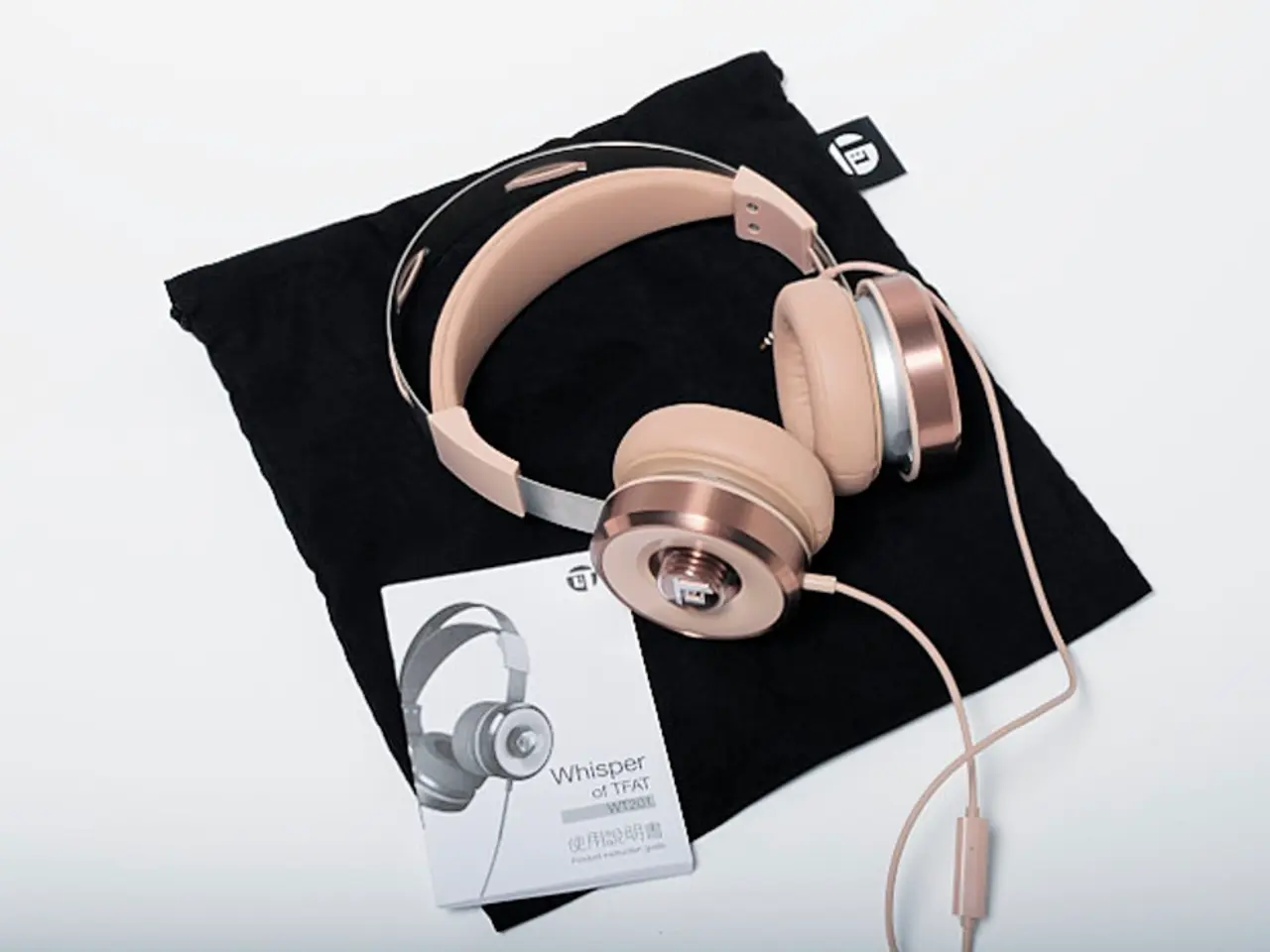Joyous Winter Character: Frosty the Snowman
In the heart of winter, a simple and captivating science experiment can help children understand the wonders of nature. This experiment, inspired by the popular children's book character Frosty the Snowman, demonstrates how salt can lower the freezing point of water and create frost on a metal can.
The process, known as freezing point depression, occurs when salt is added to ice and water. The salt dissolves into the thin layer of water on the ice surface, creating a salty solution. This solution freezes at a lower temperature than pure water, causing the ice to melt even when the temperature is below 0°C.
Melting ice requires energy (heat), which is drawn from the immediate environment, including the metal can that is in contact with the ice-water mixture. As heat is drawn from the metal can, its surface temperature falls below the dew point of the surrounding air, causing moisture from the air to condense and then freeze on the can's surface. This condensed and frozen moisture appears as frost on the metal can.
To conduct this experiment, you'll need a clean and empty tin can, crushed ice, water, and salt. Fill the tin can about half full with ice, add a little water, and sprinkle a couple of tablespoons of salt. Observe the frost forming on the can as the ice melts and absorbs heat from its surroundings.
An optional timer can be used to time the experiment, and there's an opportunity to compare the speed of frost formation on two cans using ice cubes and crushed ice. To add a creative touch, you can decorate the experiment as desired, turning it into a winter science activity.
The snowstorm in a jar, as described in A Dab of Glue Will Do, is another recommended winter science experiment for kids. Other winter-themed activities include ice fishing, painting on ice, and making icy decorations.
This article was last updated on June 30, 2025, by Emma Vanstone. The experiment is a fun and educational way to explore the science behind winter phenomena and to create a mini Frosty the Snowman right in your own home.
- The experiment based on Frosty the Snowman teaches kids about science, specifically the process of freezing point depression that occurs when salt is added to ice and water.
- By filling a tin can with ice, adding a little water and salt, and observing the frost forming on the can, children can learn about the lower freezing point of water and the release of heat during the process.
- This demonstration also reveals the connection between health-and-wellness (temperature regulation) and fitness-and-exercise (energy expenditure), as melting ice in the experiment requires the drawing of heat from the immediate environment.
- To foster learning through play and creativity, kids can decorate the experiment setup and compare the speed of frost formation on two cans using ice cubes and crushed ice, as suggested in the article by Emma Vanstone dated June 30, 2025.




